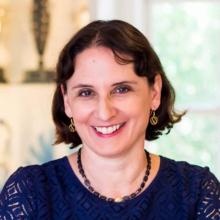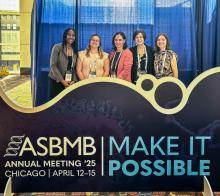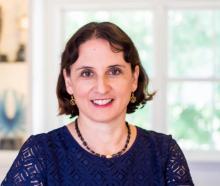
Assistant Professor Geoffrey Bowers, Professor Randolph Larsen, and Associate Professor Kelly Neiles recently published a new scholarly laboratory model for upper level chemistry courses in the Journal of Chemical Education. The model teaches students about the fundamental skills of a particular field in a first semester laboratory course, then puts the students in the research lab working on faculty scholarly work in second semester - one example of a course-based undergraduate research experience (CURE).
The aim of CUREs is to emulate the incredible benefits of undergraduate research experiences such as invited or summer-based research programs, where students conduct novel, original research that is of use to the scientific community, in a way that broadens the impact of these experiences to all students enrolled in a course. In their model, students work in teams of three on a small, semester-long research project that they design and that feed directly into the supervising faculty member's scholarly goals. Additionally, the scholarly lab courses all have common meeting times, enabling all faculty and students working on a scholarly lab model to meet in a master class where they share results with one another. These master class meetings have resulted in student-driven collaborations between groups and across course boundaries, demonstrating with authenticity the collaborative nature of modern science. Students engaged in these scholarly labs report they are highly engaged in all steps of the scientific method and that they integrate, implement, and improve the research skills gained throughout the four-year research skill curriculum in Chemistry and Biochemistry. Participation in the scholarly based laboratory model led to a statistically significant ∼10% improvement in lab notebook, final presentation, overall lab, and overall course grades for the scholarly lab cohort compared to a traditional lab cohort in second-semester physical chemistry. Bowers, Larsen, and Neiles are looking forward to examining how the impacts affect first generation and historically underserved populations as additional data rolls in over the next several years.
To view the article, visit https://pubs.acs.org/doi/10.1021/acs.jchemed.1c00009.



